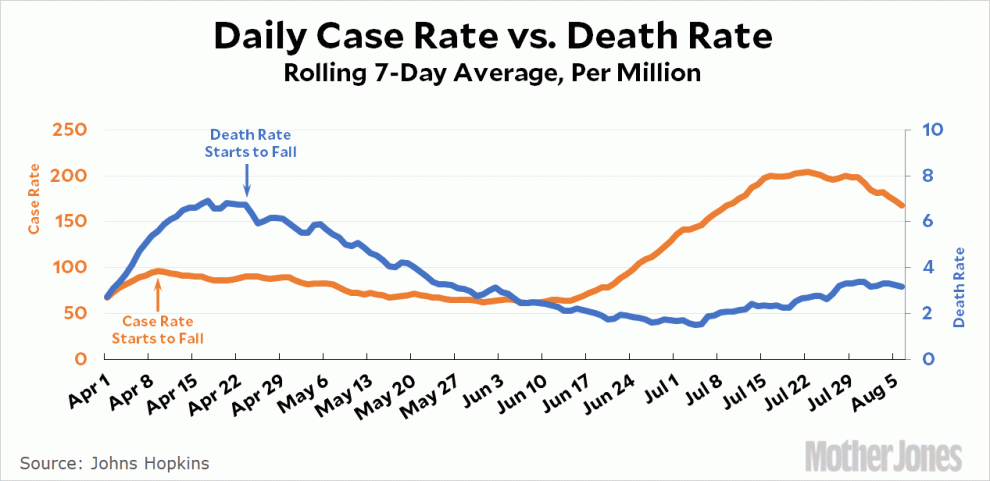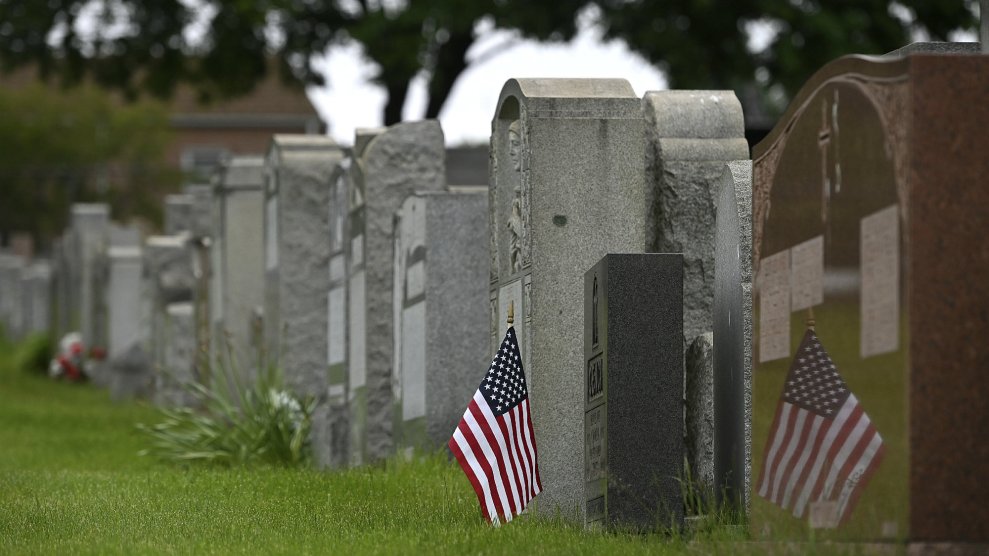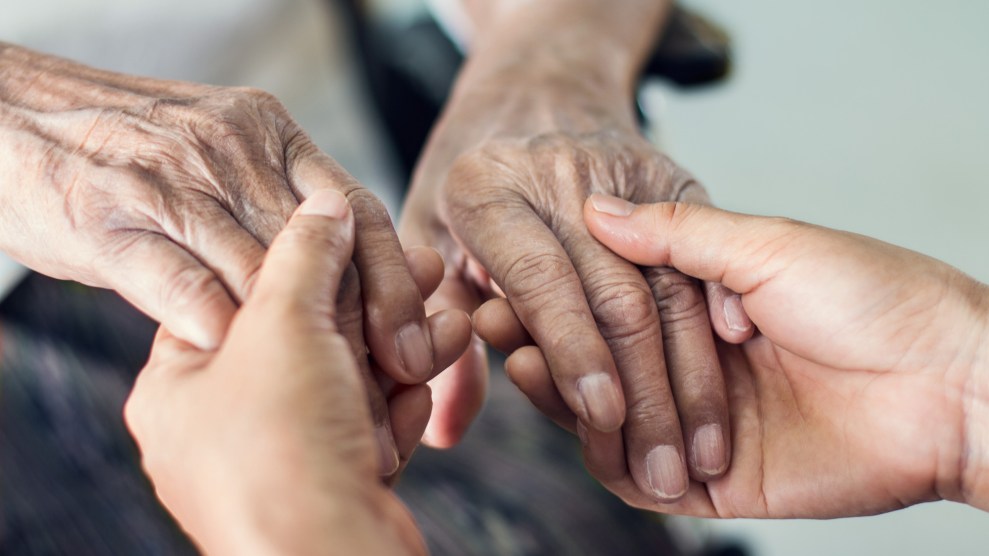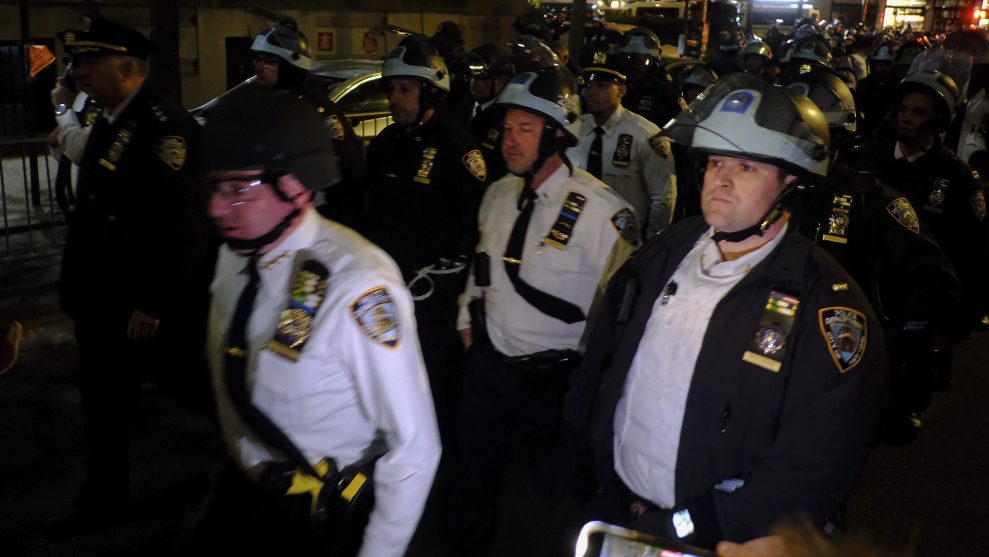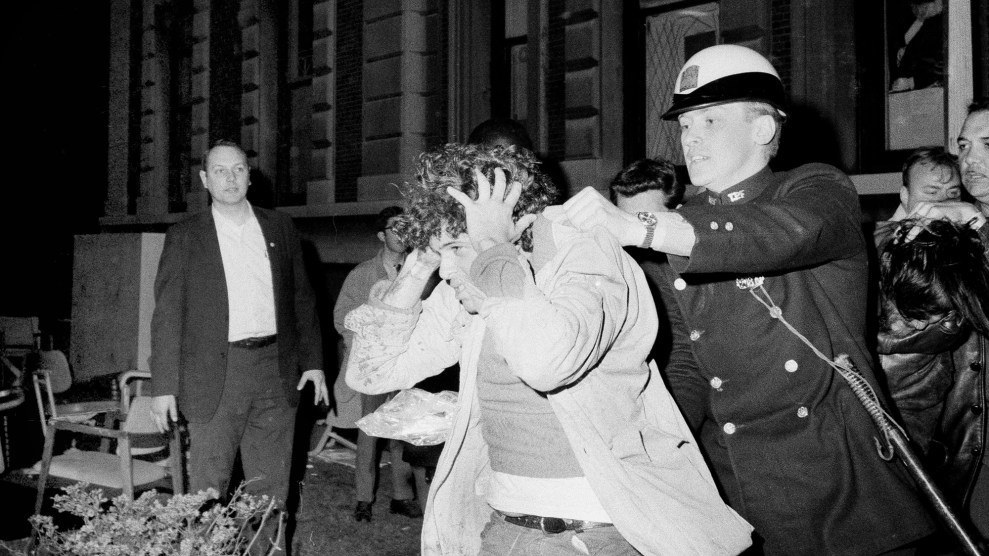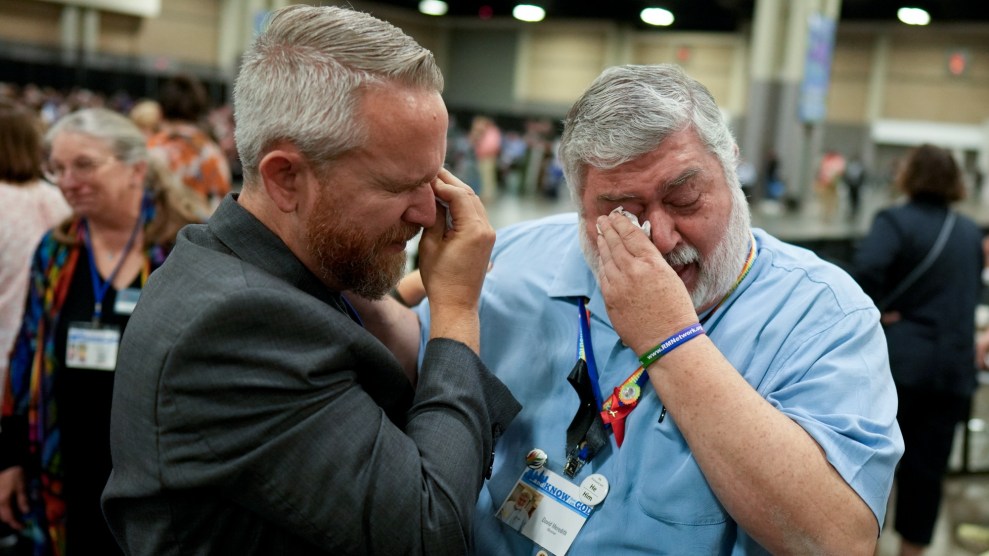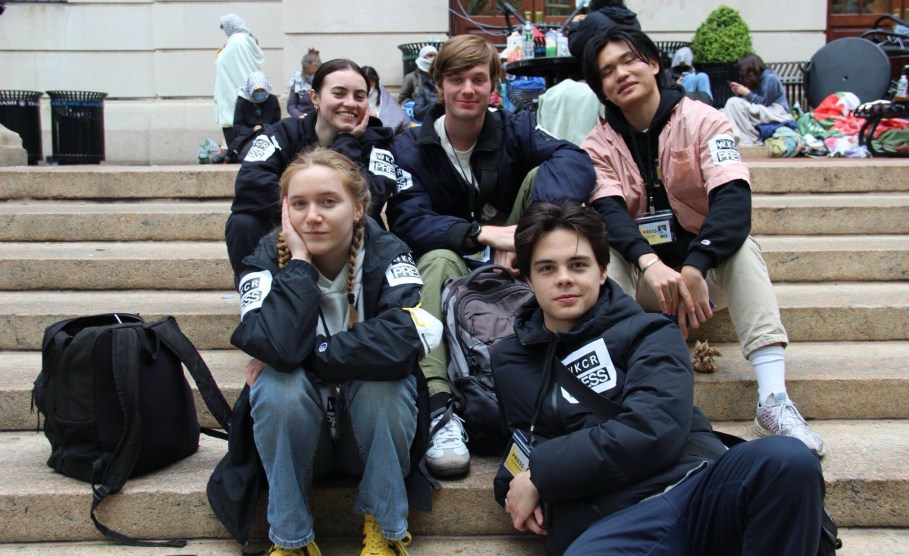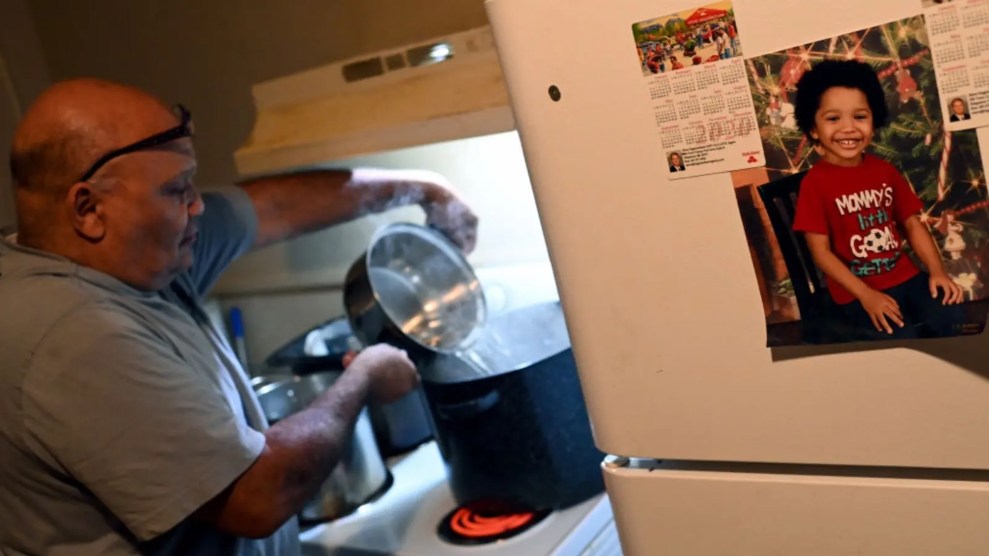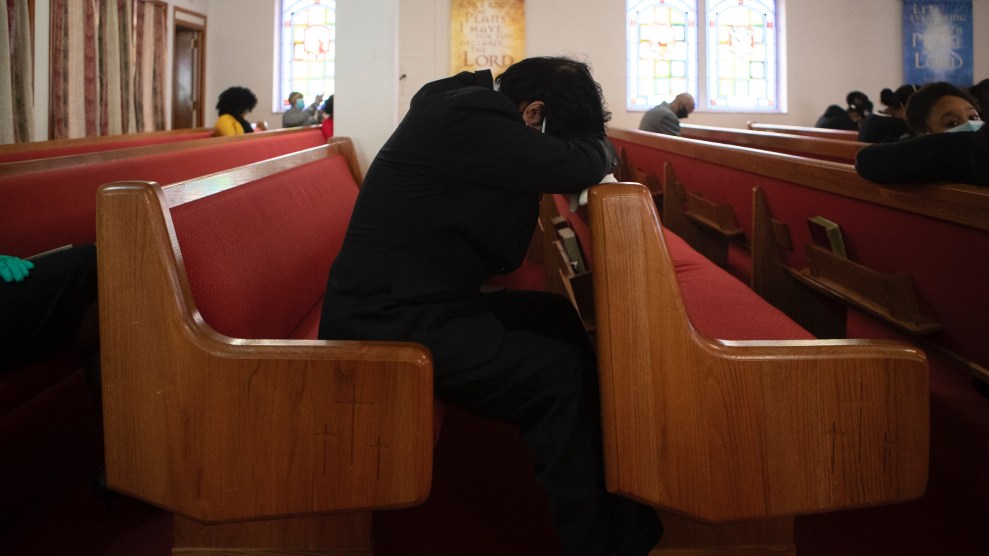
Brian Branch Price/Zuma
On Friday, officials across the United States reported 1,354 new deaths from the coronavirus, bringing the total number of reported deaths in the United States, according to Johns Hopkins University’s Coronavirus Resource Center, to 161,367. The actual number of deaths, due to reporting issues, is likely to be much greater.
Friday’s death toll was not a daily record. It did not show a huge increase or drop. It was roughly the same as the reported weekday death toll for the last two weeks—this is just what normal is now, and as the surge in new cases across the Sun Belt over the last two months takes its toll, it is likely to be the new normal for quite a while.
In the last week, the death toll has surpassed the populations of Jackson, Mississippi, and Alexandria, Virginia. It’s greater than the populations of Springfield, Massachusetts, and Springfield, Illinois. (It will likely surpass the population of Springfield, Missouri, next week.) It’s greater than the populations of Manchester, New Hampshire; Fargo, North Dakota; and Macon, Georgia. It’s greater than the respective populations of Columbia and Charleston, South Carolina; Hartford and Bridgeport, Connecticut; Waco and Midland and Round Rock and Killeen and Pearland and Denton, Texas. Hayward and Pasadena and Berkeley and Lancaster, California;. It could fill the largest football stadium in the country, Michigan Stadium in Ann Arbor, one and a half times—it is also greater than the population of Ann Arbor. It is bigger than the largest city in eleven states.
“It looks like we’ll be at about a 60,000 mark, which is 40,000 less than the lowest number thought of,” President Donald Trump said in April. We passed that number in May and just kept going. Now, that many people have died in just three states—New York, New Jersey, and California.
There are days when the pandemic can sort of fade into the background of the political discourse. The president would prefer to talk about his beautiful boaters, Republican senators would prefer to talk about Antifa. But take a second today, perhaps, to read about some of the victims of the pandemic—check out the Twitter account Faces of Covid, which posts obituaries of the teachers and barbers and EMTs and siblings and spouses who are dying every day. It never went away. It is just what we live with now.


